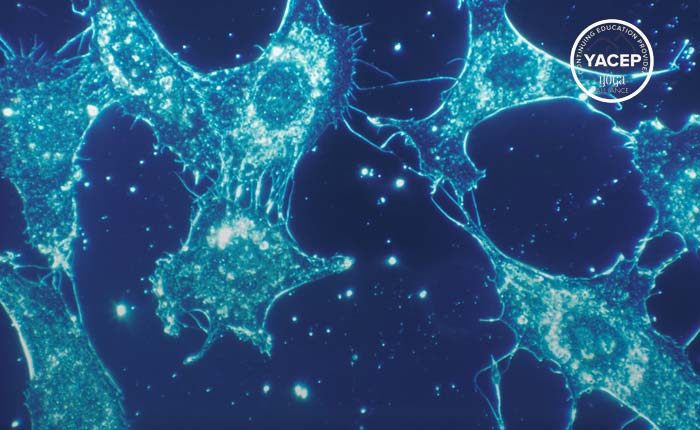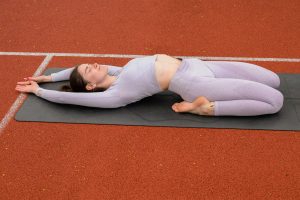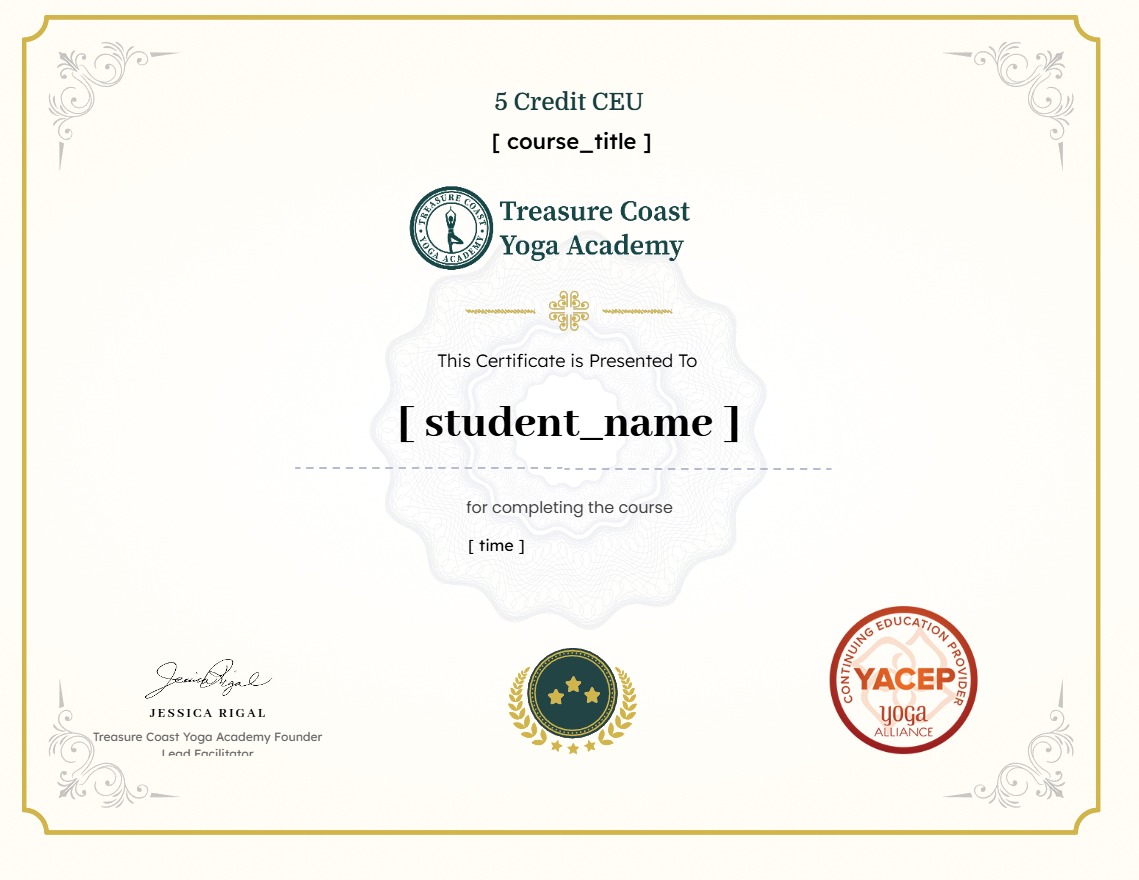
About Course

We explore the sacred intelligence of the body through the lens of fascia, flow, and functional flexibility. Discover how modern science and ancient yogic wisdom intersect by understanding the role of fascia in movement, resilience, and emotional regulation—and how it connects to the breath, the diaphragm, and the energetic locks known as bandhas.
This course combines anatomy and subtle body studies, providing yoga teachers and wellness professionals with practical tools to enhance their teaching, deepen their practice, and better support their students’ somatic healing.
Whether you’re teaching vinyasa, yin, or restorative yoga, this training will change the way you see—and honor—the body as a sacred temple.
Course Content
Fascia as the Inner Web
-
Lesson 1: Understanding the Anatomy and Physiology of Fascia
-
Lesson 2: Fascia’s Role in Posture, Movement, and Proprioception
-
Lesson 3: The Connection Between Fascia and the Nervous System
-
Lesson 4: Introduction to Interoception and Embodiment Practices
-
Lesson 5: Gentle Movement and Breath Awareness for Fascia Hydration
-
Reflection
Flow State and the Subtle Body
Fascia, Flow, and Flexibility in Asana
Breath, Bandha, and the Diaphragm — Inner Architecture of Support
The Temple in Practice — Integration, Teaching, and Personal Ritual
Quiz
Earn a certificate
Add this certificate to your resume to demonstrate your skills.

Student Ratings & Reviews
